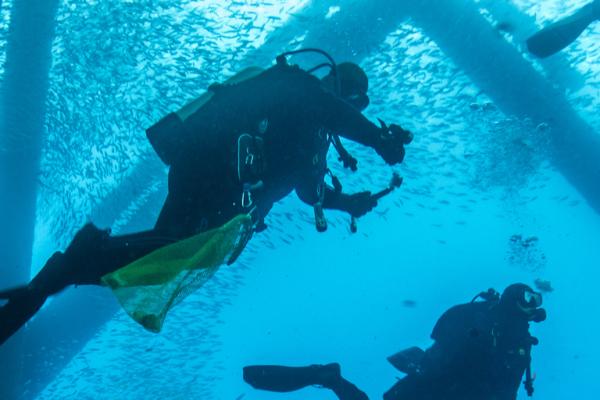
Energy | Environment | Frontier research | Industry | Science in society | Public–Private Partnerships
The inauguration of the world’s most powerful fusion machine brings the dream of clean, safe and abundant…
Details are emerging about the protective magnetic field that’s key to sustaining life.
A building block of modern society and a sizeable contributor to climate change, steel is prompting a hunt for cutting-edge technologies to decarbonise the sector.
Amid rising sea levels, plastics pollution and overfishing, the emerging Internet of Underwater Things will vastly expand knowledge about the world’s seas.
Scientists are unleashing the power of neutrons to improve understanding of everyday materials and tackle fundamental questions in physics.
While not primarily useful for telling the time, nuclear clocks could allow scientists to test humankind’s fundamental understanding of how reality works.
The European Union is putting a spotlight on education and training as it pursues a green-energy transition that will create countless new sustainable jobs.
Artificial limbs, implants and extra thumbs restore and add to our body’s natural capabilities, but how do the brain and nervous system welcome these new body parts?
Char from ancient fires and stalagmites in caves hold clues to the mysterious disappearance of Neanderthals from Europe.
Advances in studying ancient DNA from prehistoric remains provides us with new insight into the life of our African ancestors and the emergence of the modern human.
Regenerating lost body parts is impossible for humans, but cracking the cellular code of salamanders could help to treat serious wounds.













